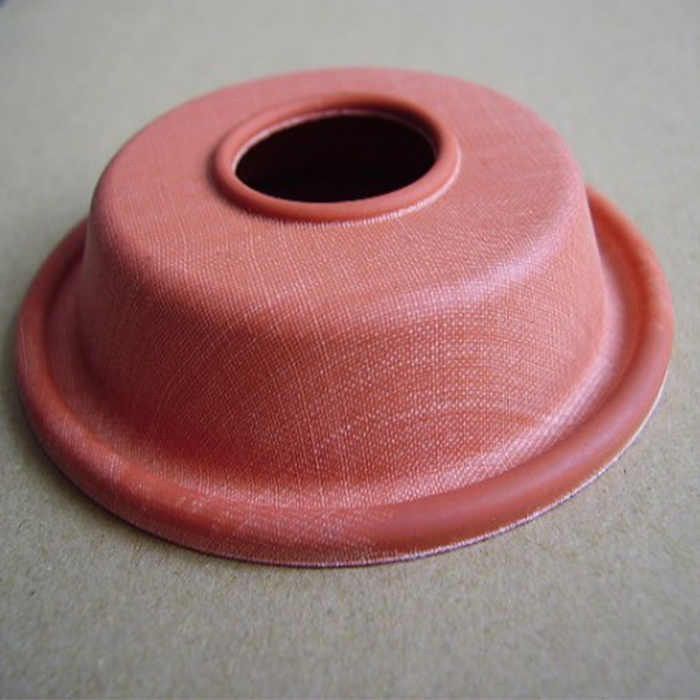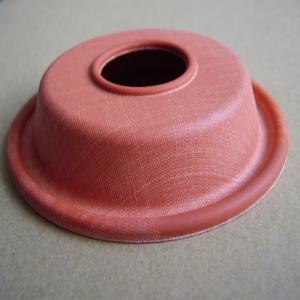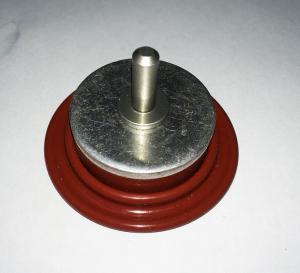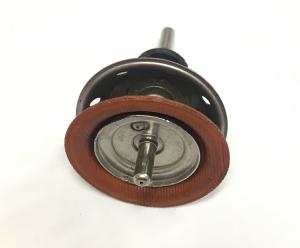Download Center
| Name: | Turbo Actuator Waste-gate wastegate Turbocharger Diaphragms |
How does an Internal Wastegate work?
The actuator of the internal wastegate is connected to a pressure only source which means that whatever the pressure is within the pressure side of the turbocharger compressor, the sealed chamber is also at the same pressure.
As the pressure of the air being compressed by the turbocharger increases, the pressure within the sealed chamber of the actuator increases which applies a force on the spring. When the pressure is high enough to overcome the spring force, the wastegate valve begins to open, diverting exhaust gas around the turbine, allowing it to maintain its speed.
If the pressure drops, then the spring pushes the valve shut and allows the turbine to build up speed. If the pressure increases, then the valve will open further, bypassing more exhaust gas to try to maintain the desired pressure.
Diaphragm strength – The diaphragm is what seals the top chamber of the actuator so that pressure can build up within that chamber to apply a force on the spring and open the wastegate valve. If the diaphragm cannot withstand the pressure applied or the heat from the environment, then it can rupture which would mean that pressure could not build up inside the chamber and that regardless of the compressor pressure, there would be no force generated to push on the spring and open the wastegate valve resulting in an uncontrollable increase in boost pressure. Turbosmart internal wastegate actuators feature fluoro silicone diaphragms with nomex reinforcement to withstand high working pressures and high temperature.








